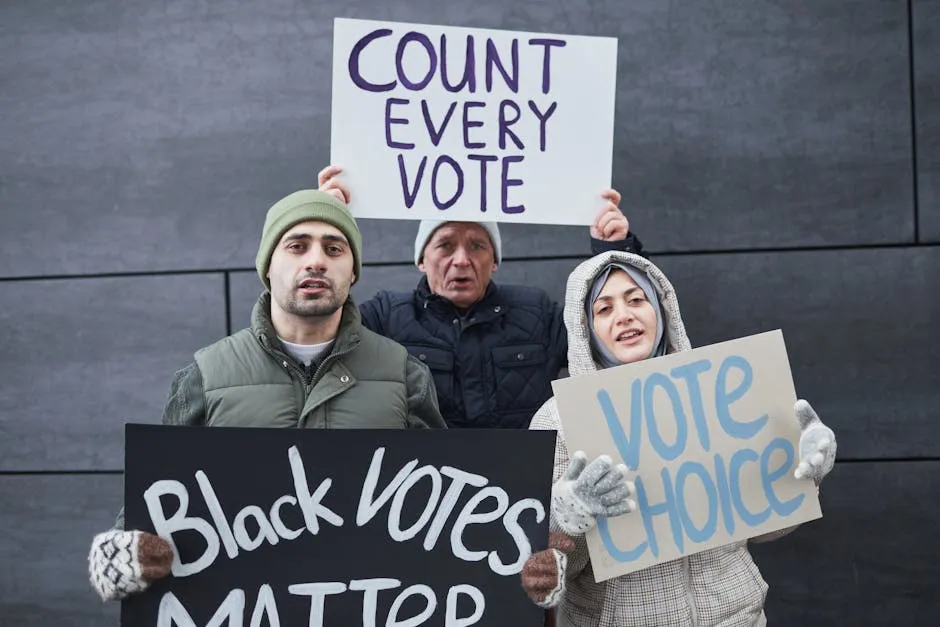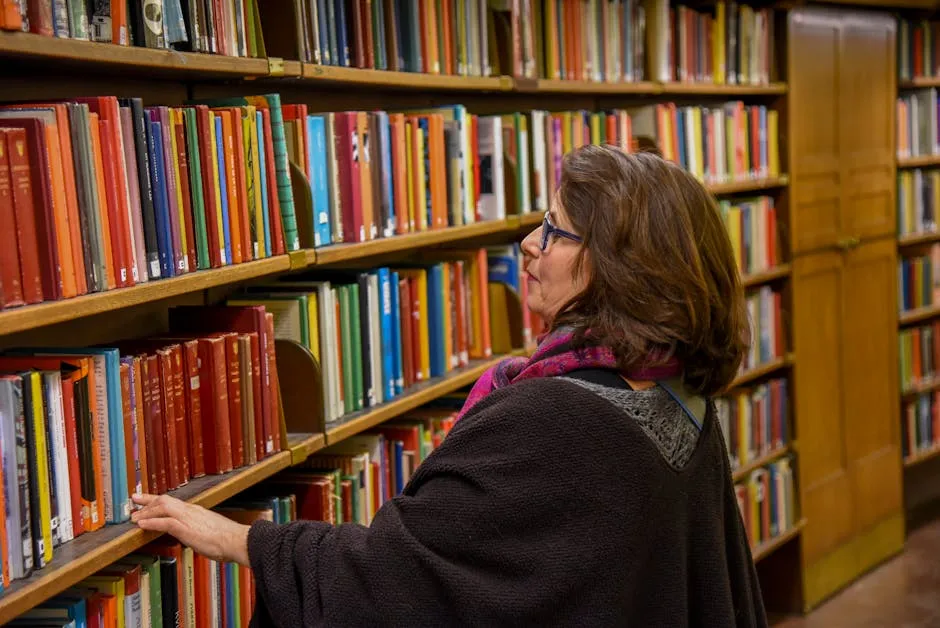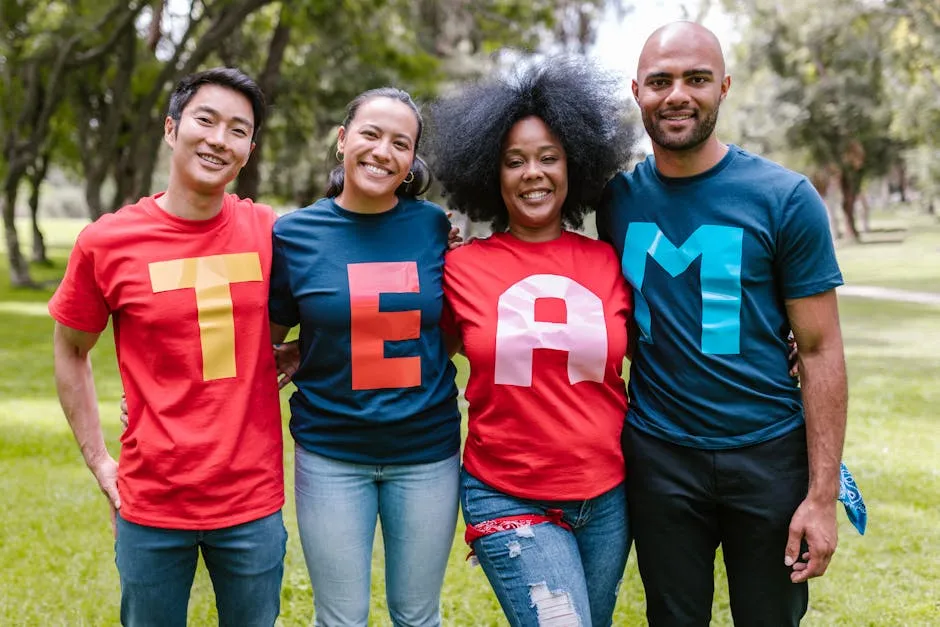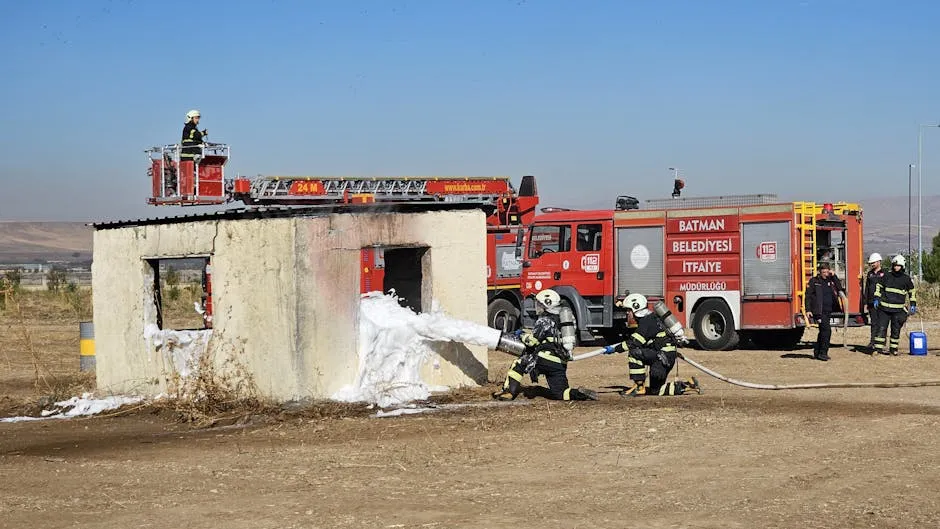
Why is it Important to Engage Communities in Preparedness Efforts?
Introduction
Engaging communities in preparedness efforts is crucial. It enhances disaster response and recovery. Communities play a vital role in ensuring everyone is safe. This article will explore why community involvement matters in preparedness.
As we dive into this topic, it’s wise to have some tools at your disposal. A well-stocked First Aid Kit can be a lifesaver in emergencies, ensuring you’re prepared for the unexpected.
Summary and Overview
Community engagement in disaster preparedness means involving local people in planning and decision-making. It includes sharing knowledge, resources, and responsibilities. This article will discuss key points, such as how community participation leads to better disaster response, improved resilience, and a stronger sense of ownership. Ultimately, when communities work together, they can respond effectively to crises.
To further enhance your readiness, consider picking up an Emergency Preparedness Handbook. It’s packed with essential tips and strategies to help you navigate any situation.
Importance of Community Engagement in Preparedness Efforts
Key Benefits of Community Engagement
First, local knowledge is invaluable. Community members understand their unique risks, such as flood-prone areas or vulnerable populations. By incorporating this insight, preparedness plans become more effective and relevant.
Additionally, engaging communities fosters a sense of ownership. When individuals feel responsible for their safety, they actively participate in planning. This involvement can lead to stronger commitment and motivation to prepare.
Moreover, community members often act as first responders during emergencies. They are usually the first to help their neighbors. Training these individuals enhances their ability to assist in crises, ultimately saving lives. Consider investing in a First Aid Training DVD to equip your community with essential skills.
Finally, community engagement builds trust. Open communication between authorities and residents strengthens relationships. This trust is crucial during disasters, as it encourages cooperation and collaboration. When communities feel valued, they are more likely to engage in ongoing preparedness efforts.
In summary, involving communities in preparedness is essential. It utilizes local knowledge, fosters empowerment, and enhances response capabilities. By working together, communities can build resilience and ensure a safer future for all.

Understanding the importance of community involvement in preparedness efforts is crucial for effective disaster management. why is it important to engage communities in preparedness efforts
Utilizing Local Knowledge
Incorporating local insights into disaster planning is vital. Community members understand their environment better than anyone else. They know which areas flood during heavy rains or where landslides might occur. This knowledge can directly influence preparedness strategies.
For example, in a coastal town, locals might highlight specific evacuation routes that are less prone to flooding. These insights can lead to more effective emergency plans. Involving community members in planning ensures that preparedness efforts are not just theoretical but rooted in real-life experiences.
Don’t forget to include practical tools like a Multi-Tool Survival Gear to help tackle various challenges during emergencies.

Fostering Empowerment
Training and involvement empower community members significantly. When people receive training, they gain valuable skills to respond to emergencies. This not only prepares them for disasters but instills confidence.
Moreover, being part of preparedness efforts creates a sense of belonging. This can reduce anxiety about potential disasters. Engaging with neighbors fosters solidarity and encourages people to look out for one another, making the community stronger.
Consider organizing community training workshops using materials from an Basic CPR Training Guide. Empowering community members can save lives!

Improving Disaster Response Times
Prepared communities respond swiftly during crises. When individuals are familiar with emergency plans, they can act quickly. Statistics show that communities with established preparedness plans respond faster to disasters.
For instance, a study found that communities with active engagement programs saw response times improve by over 30%. These communities often mobilize resources more effectively, leading to better outcomes. By participating in preparedness efforts, community members become crucial first responders, ensuring that help arrives when it’s needed most.
Don’t forget to equip your community with a reliable Emergency Weather Radio to stay informed during crises.

Strategies for Engaging Communities
Ensure Accessibility of Events
Inclusivity is essential in preparedness efforts. When everyone can participate, communities become stronger and more resilient. Accessibility ensures that no one is left out, regardless of physical abilities or language skills.
To make events accessible, consider the following strategies:
- Choose Diverse Locations: Hold meetings in various community hubs. This allows people from different neighborhoods to attend easily.
- Offer Multilingual Support: Provide materials in multiple languages. This helps non-native speakers engage fully.
- Flexible Scheduling: Organize events at different times. This accommodates those with varying work schedules or family commitments.
- Transportation Assistance: Consider arranging transport for those who need it. This can help increase participation from all community members.
These steps ensure that preparedness events are open to everyone, fostering a sense of belonging and shared responsibility.

Leverage Technology for Communication
Technology plays a crucial role in enhancing community engagement. Social media and mobile apps can bridge gaps and keep everyone informed. They allow for real-time updates and foster connections among community members.
Successful initiatives include:
- Community Facebook Groups: These can serve as platforms for sharing information, resources, and tips related to preparedness.
- Alert Apps: Emergency notification apps can send alerts about disasters or preparedness events. This keeps everyone informed and ready.
- Virtual Training Sessions: Online workshops can reach those unable to attend in person. They provide valuable skills and knowledge.
By utilizing technology, communities can enhance communication and ensure everyone stays engaged and informed. Consider using an Weather Alert App for Smartphones to keep everyone updated.

Conduct Training Sessions
Hands-on training is vital for community preparedness. It empowers individuals to act during emergencies. Practical sessions build confidence and equip members with essential skills.
Consider these types of training:
- First Aid Workshops: Teaching basic first aid can save lives in emergencies.
- Disaster Response Drills: Simulated exercises prepare individuals for real-life scenarios.
- Resource Management Training: Educating community members on local resources improves response efforts.
Training sessions create a knowledgeable community ready to respond effectively to disasters. They also foster teamwork and strengthen bonds among participants. Don’t forget to include a Disaster Response Drill Equipment to make training even more effective.

Recognize and Celebrate Community Efforts
Recognition is a powerful motivator. Celebrating community achievements encourages ongoing involvement. When members feel valued, they are more likely to continue participating in preparedness efforts.
Effective recognition strategies include:
- Community Awards: Host an annual event to honor volunteers and organizations making a difference.
- Social Media Spotlights: Highlight individual contributions on social platforms. This not only recognizes efforts but inspires others to get involved.
- Thank-You Events: Organize gatherings to express gratitude. These events can reinforce connections and foster camaraderie.
By acknowledging and celebrating efforts, communities can maintain momentum in preparedness initiatives and inspire further engagement. You might also consider using a Community Volunteer Recognition Plaque to honor those who contribute.

Community Disillusionment
Communities may feel disillusioned after past negative experiences. This lack of trust can hinder participation in preparedness efforts. When residents believe their concerns have been ignored, they become less likely to get involved. A single unfulfilled promise from authorities can create a long-lasting impact on community engagement.
Rebuilding trust is essential for encouraging participation. It starts with open communication. Authorities must actively listen to community members and address their needs. Hosting regular forums can create a platform for dialogue. This helps residents feel heard and valued.
Transparency in decision-making also plays a crucial role. Providing clear information about preparedness initiatives builds confidence. When communities see that their input shapes plans, they are more likely to engage.
Another effective approach is involving local leaders. Trusted figures can bridge gaps between authorities and residents. Their engagement demonstrates a commitment to collaboration.
Finally, showcasing positive outcomes from past efforts can help restore faith. Highlighting successful community-driven initiatives reminds residents of the benefits of participation. This combination of strategies can help communities overcome disillusionment and foster a more engaged populace.

FAQ Section
What are the benefits of engaging communities in disaster preparedness?
Engaging communities in disaster preparedness offers numerous advantages. First, it harnesses local knowledge, which is crucial for understanding specific risks. Community members can identify hazards unique to their areas, like flood zones or fire-prone locations. This insight leads to better planning and resource allocation. Moreover, active participation fosters a sense of ownership. When people feel involved, they are more likely to take action in preparing themselves and their neighbors. This increased readiness can significantly improve response times during disasters, ultimately saving lives. Engaged communities also build stronger relationships with local authorities, promoting trust and collaboration.
How can local knowledge be utilized in disaster planning?
Local knowledge is a game changer in disaster planning. Community members are familiar with their environment, including potential hazards and available resources. For instance, they can identify which evacuation routes are safest during a flood. Utilizing this information allows planners to create tailored strategies that resonate with the community’s needs. Additionally, incorporating local insights helps ensure that preparedness efforts address the unique challenges a community faces. This collaboration leads to more effective disaster response plans.
What strategies can be implemented to enhance community participation?
Enhancing community participation requires thoughtful strategies. Organizing open forums allows for discussion and feedback on disaster preparedness plans. These meetings can create a sense of unity, as participants share common concerns and solutions. Another effective approach is conducting needs assessments. This helps identify the specific requirements of various community groups, ensuring everyone’s voice is heard. Additionally, leveraging technology like social media can keep residents informed and engaged, making participation more accessible. Finally, hands-on training sessions can empower community members. By equipping them with essential skills, they feel more prepared and willing to participate in preparedness efforts.
What challenges do communities face in preparedness efforts?
Communities encounter several challenges in preparedness efforts. Resource limitations often hinder engagement initiatives. Many communities lack the necessary funding or personnel to implement effective programs. Language and cultural barriers can also limit participation. Diverse communities may struggle to connect if information isn’t available in multiple languages or formats. Furthermore, past negative experiences may lead to community disillusionment. If residents believe their feedback is ignored, they may withdraw from future involvement. Addressing these challenges requires commitment from local authorities and community leaders. By fostering an inclusive environment, communities can overcome these obstacles and enhance preparedness efforts.
How can technology aid in community engagement for preparedness?
Technology plays a vital role in enhancing community engagement for preparedness. Digital tools like social media platforms enable quick dissemination of information. They allow authorities to share updates and resources with community members instantly. Mobile apps can also facilitate communication. For example, emergency alert apps provide real-time notifications about disasters or preparedness events. This keeps everyone informed and ready to act. Moreover, online training sessions can reach those unable to attend in person. Virtual workshops offer valuable skills while accommodating diverse schedules. By leveraging technology, communities can boost participation and ensure that preparedness information is accessible to all.
Please let us know what you think about our content by leaving a comment down below!
Thank you for reading till here 🙂
All images from Pexels




